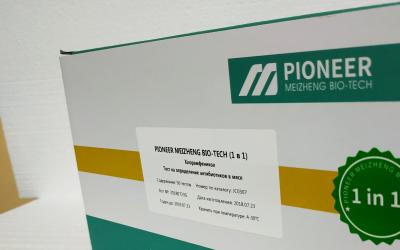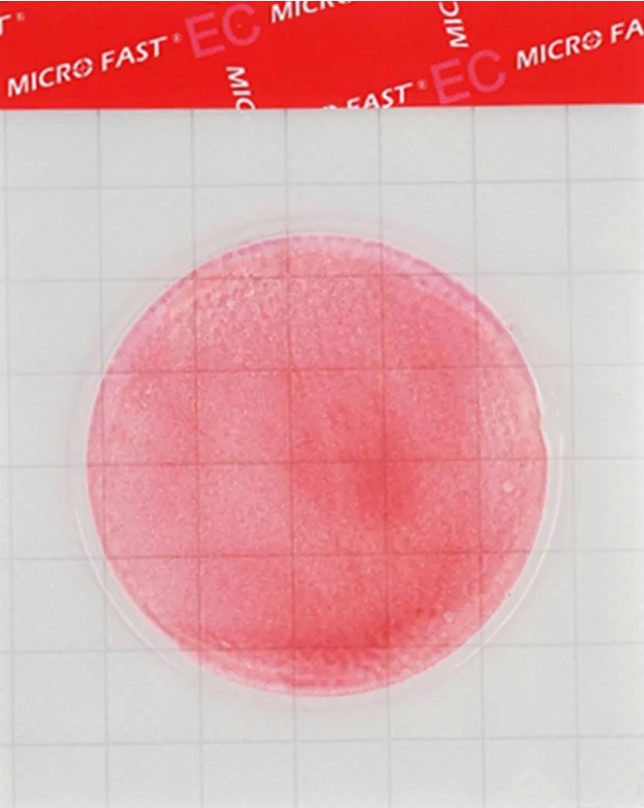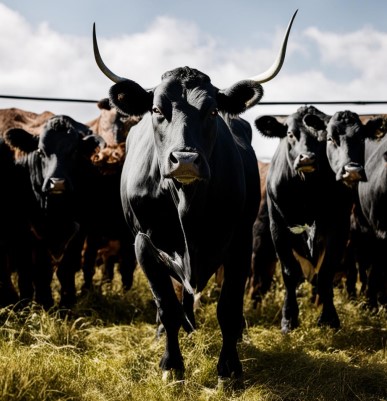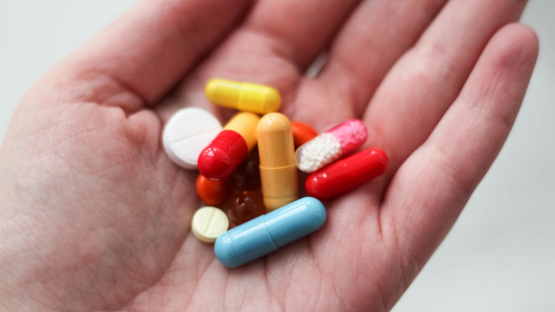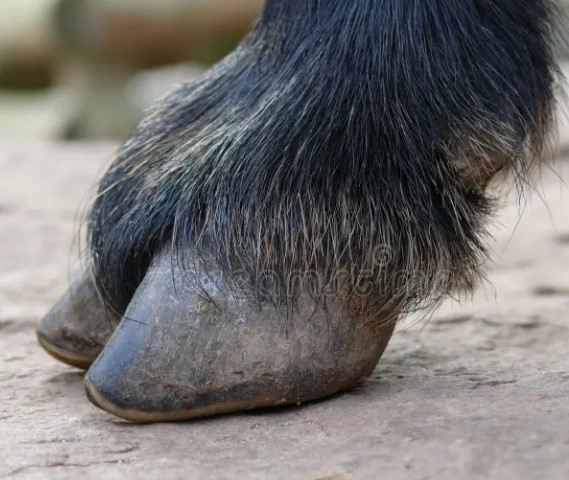By 2030, artificially grown meat will cost less than beef According to analysts, now the cost of cultivated meat can reach several thousand dollars. It is possible to reduce the cost of its production with the help of genetic engineering and reduce the co

Photo is illustrative in nature. From open sources.
Adds
 Rapid tests PIONER 5 in 1 for the determination of sulfonamides, tylosin, tilmicosin, lincomycin, erythromycin, fluoroquinolones
Rapid tests PIONER 5 in 1 for the determination of sulfonamides, tylosin, tilmicosin, lincomycin, erythromycin, fluoroquinolones PIONEER MEIZHENG BIO-TECH (5 in1) JC1165 / Rapid tests for the determination of the residual amount of halofuginone, flavomycin, novobiocin, flunixin, dexamethasone / prednisolone in milk, whey
PIONEER MEIZHENG BIO-TECH (5 in1) JC1165 / Rapid tests for the determination of the residual amount of halofuginone, flavomycin, novobiocin, flunixin, dexamethasone / prednisolone in milk, whey
By 2030, the cost of producing 1 kg of cultivated MEAT will drop to $5.66 (437 rubles) and will be less than the current wholesale price per kilogram of ground beef ($6.20 or 479 rubles). This was reported in a study by the Dutch consulting company CE Delft.
According to her, now the production of a kilogram of meat from a test tube can cost in the range from $22 thousand to $149, depending on the combination of ingredients and technologies used. CE Delft believes that cost savings can be achieved through the use of cell growth promoters, genetic engineering, as well as lower equipment costs and ROI requirements. Analysts emphasize that the creation of laboratory meat consumes less water, land, nutrients and emits fewer greenhouse gases into the atmosphere than the production of conventional meat. According to their forecasts, by 2030, with the use of renewable energy sources by 30%, the harmful impact of cultivated beef on the environment will be almost 90% lower than in the case of traditional beef.What is cultured meat
In the laboratory, meat is created from animal muscle stem cells.
They are placed in a nutrient medium, where they start the process of reproduction. As a result, a chaotic accumulation of muscle cells can result, therefore, during production, the texture is given to the product, characteristic of the meat of a real animal. If hygienic standards are observed, there are no parasites in artificial meat. Bacteria that can enter the product in small quantities are dealt with with antibiotics. By cultivating meat in a test tube, scientists can fine-tune its composition to achieve the desired protein, fat, and carbohydrate content.How else to replace animal products
With the help of bioengineering technologies, not only meat is artificially produced.
In 2019, the first production of ArtMeat artificial fish appeared in RUSSIA. The company grows sturgeon using stem cells from fry. Like cattle cells, they are placed in special bioreactors for reproduction. The company plans that the price of a dish made from such raw materials will be slightly higher than that of a premium class meal made from ordinary fish. Perfect Day Foods uses mushrooms to ferment nutrients and create a protein that is identical to the proteins in regular MILK. it can be mixed with other ingredients to create fat-free milk, cheese and yoghurts.Why are these products important for the environment?
About 90% of land animals may lose part of their habitat by 2050 due to the current development of the food industry and agriculture. This is stated in a study published in the journal Nature Sustainability.
It notes that at the current state of affairs, the world's total arable land will increase by 26% from 2010 to 2050, and 1,280 animal species are at risk of losing more than a quarter of their habitat. This problem is particularly acute in sub-Saharan Africa and parts of Central and South America. Scientists emphasize that the changes should relate to the production and consumption of food, in particular, curbing the expansion of agriculture and reducing the demand for agricultural land.Read together with it:
- Россия зарегистрировала новый штамм вируса, вызывающего диарею у крупного рогатого скотаВ текущее время существующие профилактические меры в основном основаны на штаммах первого генотипа, в то время как во многих странах фиксируются случаи заболеваний, связанных с вирусом второго генотипа. В России вакцин, охватывающих оба типа возбудителя, пока нет. Патент, зарегистрированный 21 августа, представляет собой важный шаг в обеспечении отечественного животноводства современными средствам...
- Rising Meat Prices and Dairy Shortages in Greece: Causes and ConsequencesProblems in the dairy industry Dairy products are the basis of Greek cuisine and its variety includes yoghurts, cheeses , butter andIce cream . However, in recent years, the Greek dairy industry has been in crisis . A decline in the number of farmers and a decrease in the number of cows has led to a decrease in the volume of fresh MILK available for processing. This is creating a shortage, threate...
- The advanced farm of JSC "Gorodilovo" uses the work of scientists and rewards with a trip to the seaTopic newsHow knowledge of market conditions, achievements in genetics and modern technologies helped JSC "Gorodilovo" to become one of the best The President of Belarus expressed gratitude to agricultural workers in the MINSK region and Minsk district, as well as to the teams of six agricultural enterprises, including Gorodilovo JSC. This is not the first time the enterprise has received such a h...
- США подтвердили наличие высокопатогенного птичьего гриппа в молочном стаде в НебраскеВ своем заявлении Министерство сельского хозяйства США сообщило, что подтвержденный штамм является генотипом B3.13, который относится к кладу 2.3.4.4b вируса H5N1. Случай был выявлен в результате организованной штатом проверки и расследования после первоначального обнаружения дефектных образцов молока, взятых для предварительного надзора за распределением, процедуры, требуемой в соответствии с фед...
- Перспективы отечественного рынка говядины остаются позитивными, несмотря на снижение поголовьяРоман Костюк, генеральный директор Национального союза производителей говядины, сообщил, что потребление говядины указывает на хорошие перспективы, хотя продолжающееся сокращение поголовья крупного рогатого скота создает риски увеличения зависимости от импорта. По его словам, главной проблемой является не рынок мяса, а сфера разведения скота, на которую не обращают внимание крупные инвесторы. .......

